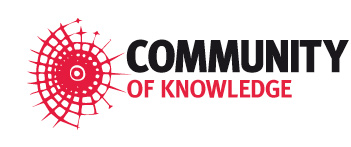Beiträge
Themengruppen
Recherche
Service
- Was ist Wissensmangement?
- Open Journal of Knowledge Management
- Artikel-Guidelines
- Newsletter
- Kalender
- Wissensmanagement-Anbieter
- Partner
- Mediadaten
Community
Sponsoren


Amin Abbasi
Beiträge von Amin Abbasi
-
Design & the Implementation of Knowledge Management System
Case study: Saveh rolling & profile Mills company
21. Februar 2011 von Yasaman Farashahian, Amin AbbasiBusiness enterprises typically are valued at the net tangible assets recorded on their books. When the market value of a firm succeeds its book value, conventional stock market theory regards the premium as the market’s assessment of intangible assets or intellectual capital of the firm. Svieby classified intellectual capital into three categories: employee competence, internal structure and external structure. The managing and measuring of intellectual capital are widely discussed in commercial applications. The implementation of key factors in intangible assets using indicators in day-to-day operations highlights the company’s value in creating processes. Many other firms apply similar frameworks in managing their intellectual capital, for example: Exxon Chemical’s, “Learning Forums”; World Bank’s, “Communities of Practice”; Toyota’s, “Alignment Rooms”; Ryder Trucks’, “Knowledge Center”; Allied Signal’s, “Mental Model Learn”; and Scott Paper’s “Real Bottom-Line Customer Service”. The purpose of this paper is to explore how an organization can adopt the concept of knowledge management and subsequently measure the intellectual capital - specifically in our company. [weiterlesen]
Schlagworte
Amin Abbasi hat zu folgenden Schlagworten veröffentlicht:


Education:
Personal capabilities:
Job Experiences:
Experiences